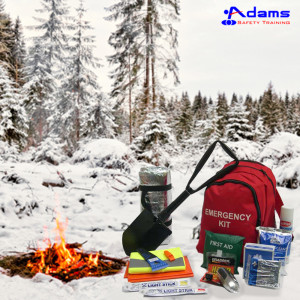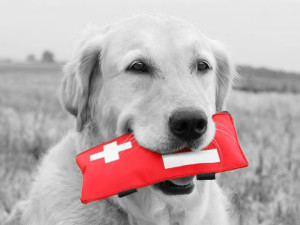This Infographic throws light on some basic EMSA first-aid guidelines to help yourself and others. These guidelines will equip you with the necessary skills and knowledge required to handle a medical emergency.
Whether we talk of your workplace or home, a medical emergency may arise anytime. A cardiac arrest, accident or any other injury can put a person’s life in danger. The ability to handle a medical emergency in the right manner can make a big difference when it comes to saving the life of the injured person. Regardless of your age or the line of work you’re in, it’s important to be aware of the steps you need to take to handle a medical emergency. EMSA offers many programs that can prove to be very useful in this regard. See the below infographic for more information on first-aid guidelines



